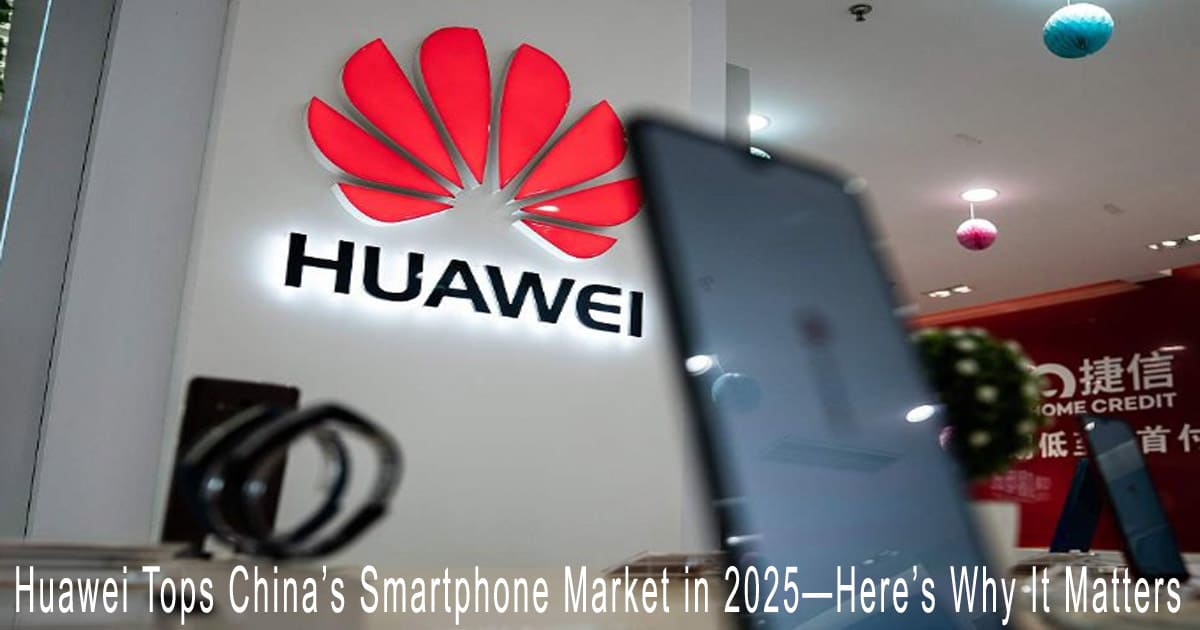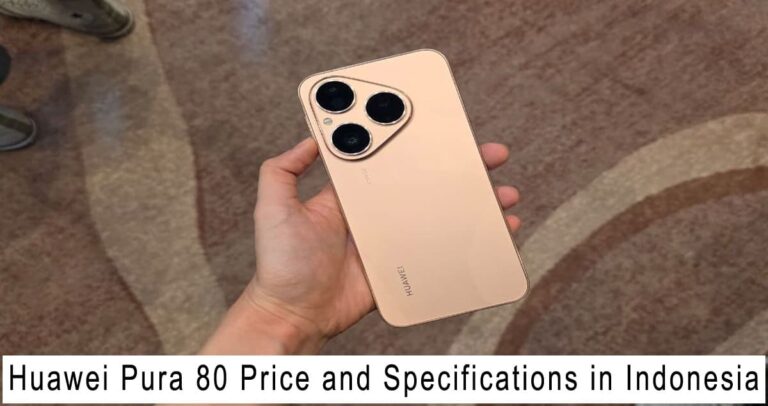
Huawei Tops China’s Smartphone Market in 2025
Huawei Tops China’s Smartphone Market in 2025 – In Q2 2025, Huawei formally regained its position as the leading smartphone brand in China, ending Vivo and Oppo’s years-long dominance. According to the latest IDC analysis, Huawei achieved 18.4% of the market by shipping about 12.5 million units in just three months. But this comeback isn’t just about numbers—it’s about smart strategies, tech innovation, and overcoming massive geopolitical hurdles. https://chuebaerg.com
Huawei Tops China’s Smartphone Market in 2025—Here’s Why It Matters
China Smartphone Market Share Q2 2025: Huawei Leads, Xiaomi Stays Strong
Here’s a snapshot of the top five smartphone brands in China for Q2 2025:
| Brand | Market Share | Estimated Units Shipped |
| Huawei | 18.4% | 12.5 million units |
| Xiaomi | 15.1% | 10.3 million units |
| Oppo | 14.3% | 9.7 million units |
| Vivo | 13.9% | 9.5 million units |
| Apple | 12.5% | 8.4 million units |
While total smartphone shipments in China dipped 2.1% year-over-year, Huawei actually grew its sales by 17%, making it the fastest-growing vendor among the major players.
What’s Behind Huawei’s Rise?
The following significant elements drove Huawei’s comeback in its native market:
1. New Product Development: Mate XT and Pura 80 Series
With the introduction of the Mate XT, the first tri-fold smartphone in history, Huawei caused a stir. Far from being a gimmick, the device offers real utility for multitasking and productivity. Meanwhile, the Pura 80 series has impressed with its ultra-premium camera performance and sleek, futuristic design.
2. Tech Independence: Kirin Chips and HarmonyOS
Following U.S. export bans, Huawei doubled down on developing its own chips. The Kirin 9010 is now powering its latest flagships. Its homegrown operating system, HarmonyOS, has also matured significantly and now runs on over 90% of Huawei devices in China—including phones, wearables, and smart home gadgets. This shift shows Huawei’s success in building a fully independent tech ecosystem.
3. Strong Local Support and National Pride
In a climate of geopolitical tension, Chinese consumers have shown overwhelming support for domestic brands. Huawei has come to represent the strength of the country’s technology. Combined with clever marketing aimed at young professionals and digital entrepreneurs, the brand has carved out a loyal and growing user base.
4. Offline Expansion and Premium Retail Strategy
Unlike many brands that rely purely on online sales, Huawei has been expanding its premium retail presence. These physical stores offer hands-on product demos and personalized consultations, which have helped drive high-end purchases and build trust.
What About the Competition?
Xiaomi remains Huawei’s closest challenger, maintaining stable growth through a smart mix of product tiers. Oppo and Vivo are facing increasing pressure due to a lack of breakthrough innovations, especially in their flagship offerings. Meanwhile, Apple is struggling with new regulatory challenges and protectionist sentiment, causing its market share to slip.
Q3–Q4 2025 Outlook
- With the impending release of the Mate XT Pro and HarmonyPad tablet, Huawei is poised to maintain its lead.
- Xiaomi could move up to #2 if it continues integrating AI and expanding its smart ecosystem.
- Local tastes and regulatory barriers will probably continue to be a problem for international firms like Apple and Samsung.
Bottom Line: Huawei’s Comeback Is Strategic, Not Just Symbolic
Huawei’s return to the top isn’t luck—it’s the result of deliberate innovation, smart market moves, and a strong sense of purpose. For tech analysts, investors, and smartphone enthusiasts, this is a case study in how a company can rebound even under intense global pressure.
“Huawei’s current market leadership proves that a tech brand can not only survive but thrive through innovation and independence.” — IDC China



